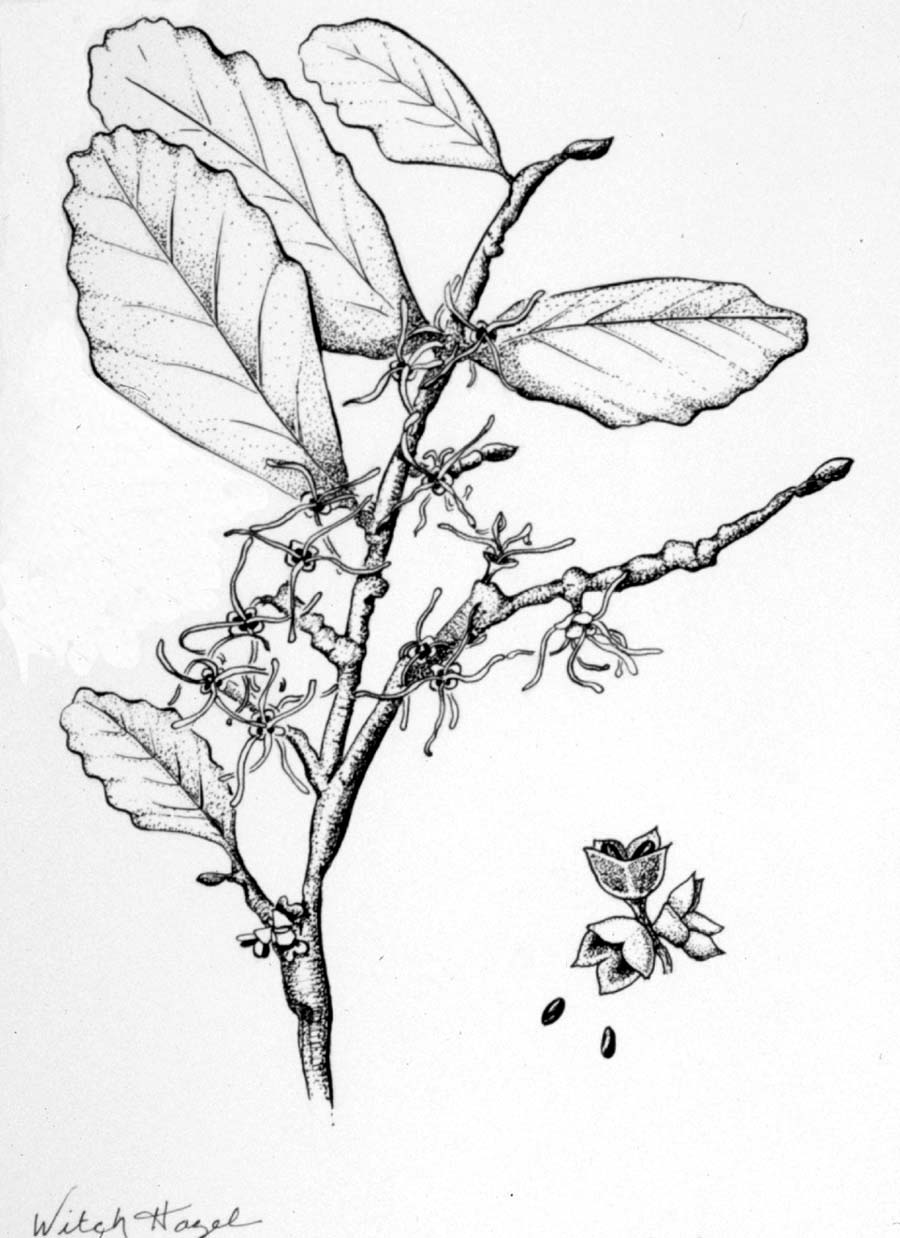 |
Sandy Hook, New Jersey
|
The Sandy Hook Herbarium is located on the barrier island of Sandy Hook, New Jersey. It features a variety of pressed plants from the area. The Herbarium's collected plants are on display at
sandyhookherbarium.org. Our missions is to educate the public about plants they would otherwise not have known. The information available to everyone is ideal for botanists, students, and all Sandy Hook visitors. The riker boxes and labels provide a hands-on experience, so anyone can hold the actual specimen.
 |
Scientific Drawing of a plant used
to identify plants in the field |
Plant pressing is the process by which plant specimen are dried and preserved for display or transportation. The Sandy Hook Interactive Herbarium displays pressed plants in riker boxes with factual labels for identification for the nation park's visitors.
Plants are collected along Sandy Hook trails various vegetative zones of the barrier island. zones such as thicket and tidal flats. After collection in the field, plants are identified using dichotomous keys, or illustrations and photographic references.
 |
| Wooden Plant Pressing |
After identification, The specimens are flattened in a wooden plant press and left to dry for several weeks. All parts of the plants are involved in the press, including leaves flowers and roots. Silica gel packets are added to keep the plants dry. This results in the plants lasting indefinitely.
 |
| GPS device similar to the one used by our team. |
The coordinates are collected using Global Positioning Satellites in the field. The information is then included to a google map on the Herbarium website. Our website is the focal point of most of the information included in this project This enables each visitor to locate and visit each plant on their own.
 |
| Completed Riker Box |
The label is added to each individual riker box. Each mounted specimen includes information such as scientific name, common name, location, and size. The labels may include pictures of the plant in the wild for identification for visitors. A QR code is featured on each box. The QR codes can be scanned by smartphones for additional information available on the Sandy Hook Herbarium's website.
This is the website from The Royal Botanical Gardens
& Domain Trust in Sydney, Australia. The botanists there dry their
specimens with microwave ovens. They also use our method of pressing a drying
using wooden pressers and silica gel. The botanists offer advice about long
term storage and preservation.
This is a webpage form the Montana State University about
how to collect, press and mount plants. They feature the same plant pressed we
use, along with guidelines. They include details about label construction and
what information to include.
This is the PDF guide from the Redwood Health Services
about how to mount and press plants specifically for display in a professional
Herbarium. This source includes pictures of scientists working in the field and
detailed lists of what to include in each label.
This is the plant pressing guide from the Botanical
Research Institute of Texas. They have advice about how to effectively dry your
specimens after pressing them in the press. They describe the mounting process.
This is the website from the Utah State University with
specific information about creating labels for the boxes after plants are
mounted. They offer advice on how to avoid insects ruining your specimens.
This is a website from the Florida State Herbarium on how
to create a professional voucher plant specimen. They provide information on
plant identification and where to display your plants. They give a lot of
information about what information to include in labels.
This is a website from the Plant Information Center
focusing specifically how to create Labels for specimens. They give examples
and pictures of real pressed plant labels.
This is the website from the University of Melbourne about
how to press plants and what to include in each label. They offer information
about where to place labels on the boxes and how to position them with the
dried specimens.
The US National Park Service offers information about how
to press and label Herbarium specimen. It is simpler than other
University-based Herbarium websites but is still gives general information
about the importance of pressing plants properly.
This is the website from the Louisiana State University.
They detail how to create professional labels concerning what to include and
what to omit for each specimen, depending on the type.



